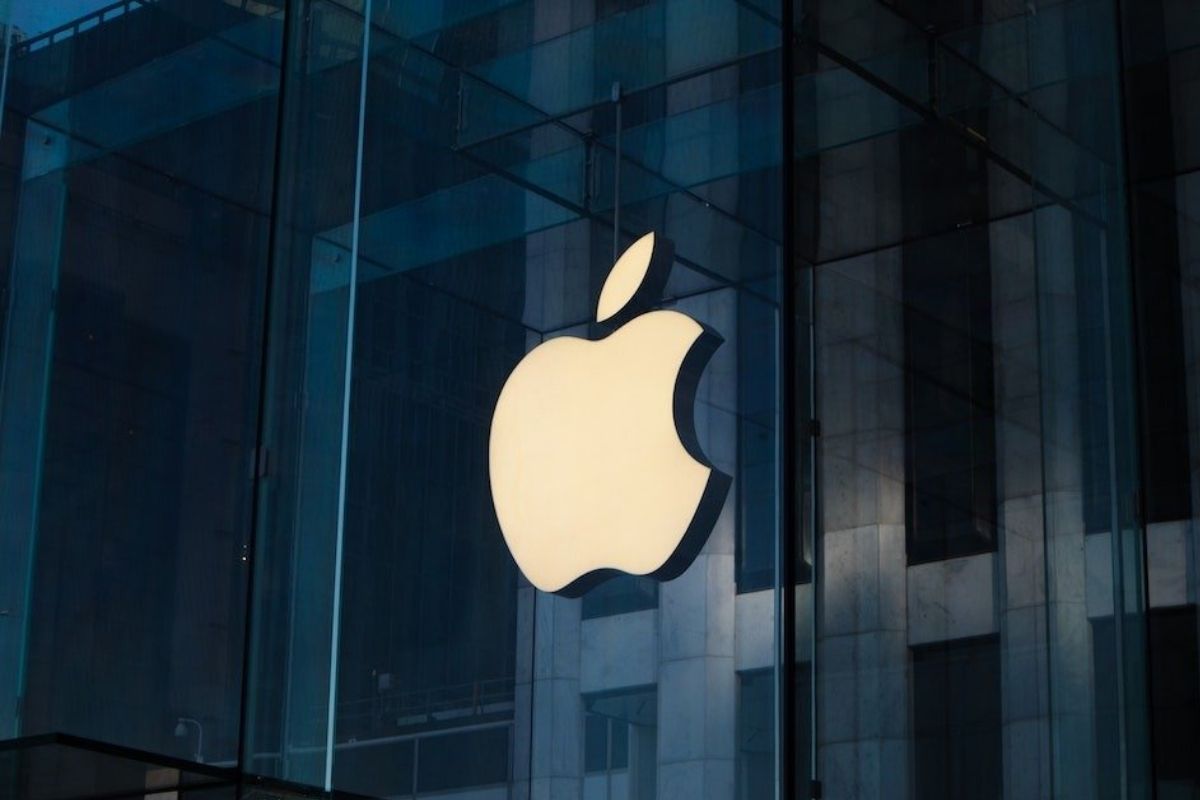It has been rumoured for quite some time that Apple could launch the iPhone 14, or the 2022 iPhone with a full-screen front body, free of notches or punch-holes. Whilst there have been no hints regarding the same, Apple on Wednesday patented under-display camera tech for Touch ID and Face ID, raising hopes for this report indeed being true. The Cupertino-based smartphone giant filed this patent with the USPTO, with the patent being in regards to the camera sensors, which could be embedded under the display.
Could the iPhone 14 Offer An Under-Display Camera?
The patent further describes that these specific sensors would be in use for biometric authentication systems, which, in the case of Apple are Touch ID and Face ID. For those of you unaware, Apple had mentioned that the current iPhone design makes use of image sensors placed next to the display alongside the notch, but this patent hints at a new way to house the camera underneath the display, removing the need for the dated notch that seems odd in 2021. Apple added that this system could be used for both Touch ID and Face ID, but, it would probably make sense to offer both rather than make a choice between the two. Previously, GizmoChina had reported that Apple could be bringing Face ID to its Mac device lineup in a couple of years. Coming back to the Apple patent, it could also spell some luck for in-display camera technology, as previous iterations have been prone to degraded quality and impeded viewing experience on displays, but this could finally make the feature available for commercial devices. Do keep in mind however that this is a patent and in no way is a confirmation of the same, but, if the brand does intend to launch the same, it could spell some amazing success for this technology, which in 2021, has failed to live up for its hype. This comes after we previously mentioned that the upcoming iPhone 13 could offer fast charging support for the device, to catch up to competitors, if not beat them out. Most users would be more than ecstatic to see the same, as fast charging has become increasingly common and waiting for the device to charge for an hour or two has seemingly become tedious.
